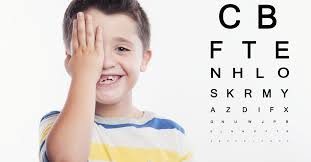- info@visualiseyeclinic.com
- Plaza no, 23, N Block N Valencia, Lahore
Routine eye exams for children are as essential to their eye health as regular checkups are for their overall well-being. It's important for children to have their eyes examined regularly, even if they don’t wear glasses or have any noticeable eye problems. These exams are crucial for monitoring their vision and ensuring healthy development. Early detection of any potential issues can lead to better treatment outcomes and support your child's learning and daily activities.

In Pakistan, many parents rely on pediatricians for basic vision screenings during their child’s annual health check-ups. However, these screenings are not a substitute for a thorough eye examination by an eye specialist. Eye doctors use specialized tools and assessments to evaluate a child’s complete visual health, including skills like binocular vision, eye coordination, and focus. Given that so many learning activities depend on strong visual skills, it is recommended that children have their first comprehensive eye exam before reaching school age.
Book an appointment with Visualis Eye Clinic in Valencia Town, Lahore, to ensure your child’s eyes are developing as they should.
Schools in Pakistan sometimes conduct vision screenings to catch issues that may affect learning. However, passing a school screening doesn’t guarantee that your child’s vision is free from issues. A comprehensive eye exam is recommended to check for any undetected problems that might impact their daily activities.
Eye specialists recommend that children have their first eye exam at six months old to check for normal development. A second exam around age 2-3 and another before starting school are advised to ensure their vision is on track. Annual check-ups are ideal for monitoring ongoing development.
Your child’s eye doctor may ask about their birth history, family history of eye conditions, and medical background. Be prepared to discuss any development delays or signs like frequent eye rubbing or blinking. It’s also essential to inform the doctor if your child has failed a school vision screening.
By six months, infants are tested for eye focus, color vision, and depth perception using methods such as:
Preschoolers develop visual skills crucial for activities like drawing, stacking blocks, and identifying colors. At this stage, an eye exam includes:
If your child shows delays in recognizing shapes or colors, it might indicate a vision problem.
For older children, exams assess visual acuity at various distances, focusing skills, and tracking abilities. Essential skills tested include:
Undetected vision issues may impact academic and athletic performance, making routine exams critical.
Myopia (Nearsightedness): This affects distant vision and often appears during school age. Symptoms may include squinting and difficulty reading the board.
Hyperopia (Farsightedness): This impacts near vision and may cause symptoms like eye strain, blurry vision when reading, or holding books at arm’s length.
During an eye exam, your eye doctor may use dilating drops to better inspect the inner eye. These drops may cause temporary light sensitivity and blurriness but are essential for a comprehensive assessment. Bringing sunglasses for your child can help reduce any discomfort after the appointment.
Most children can resume daily activities after their exam, though mild blurriness and light sensitivity may be present due to the dilating drops.
Regular eye exams are crucial for monitoring your child’s eye health:
If any issues are detected, more frequent exams may be necessary. Schedule an appointment at Visualis Eye Clinic in Lahore to keep your child’s vision and eye health on track.
You can Get Updated about our Blogs and be a part of something special.

Call : 03015337785
info@visualiseyeclinic.com